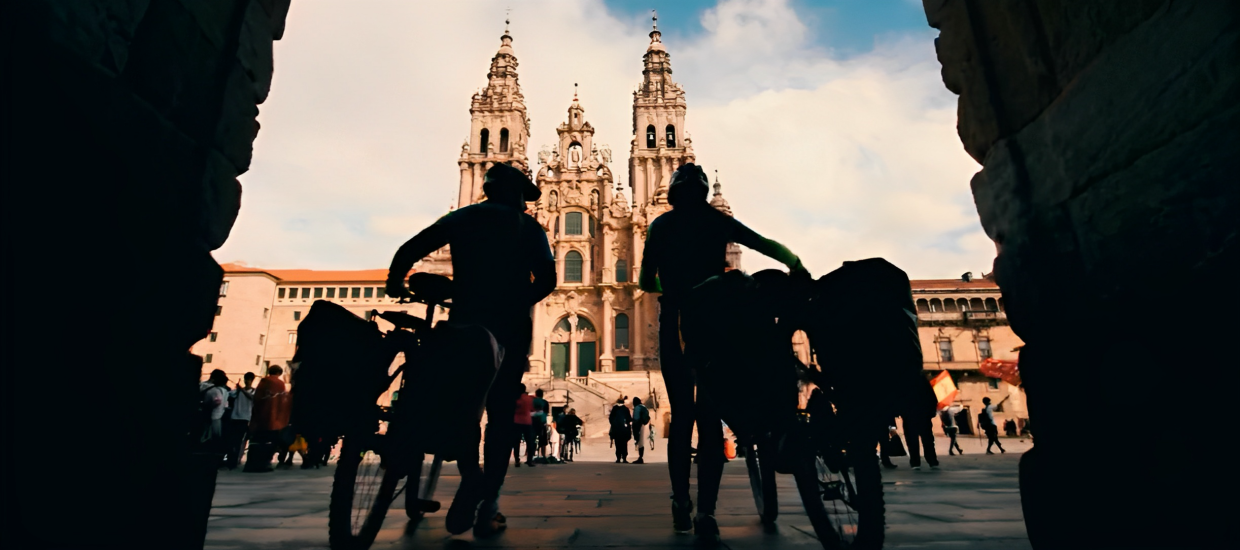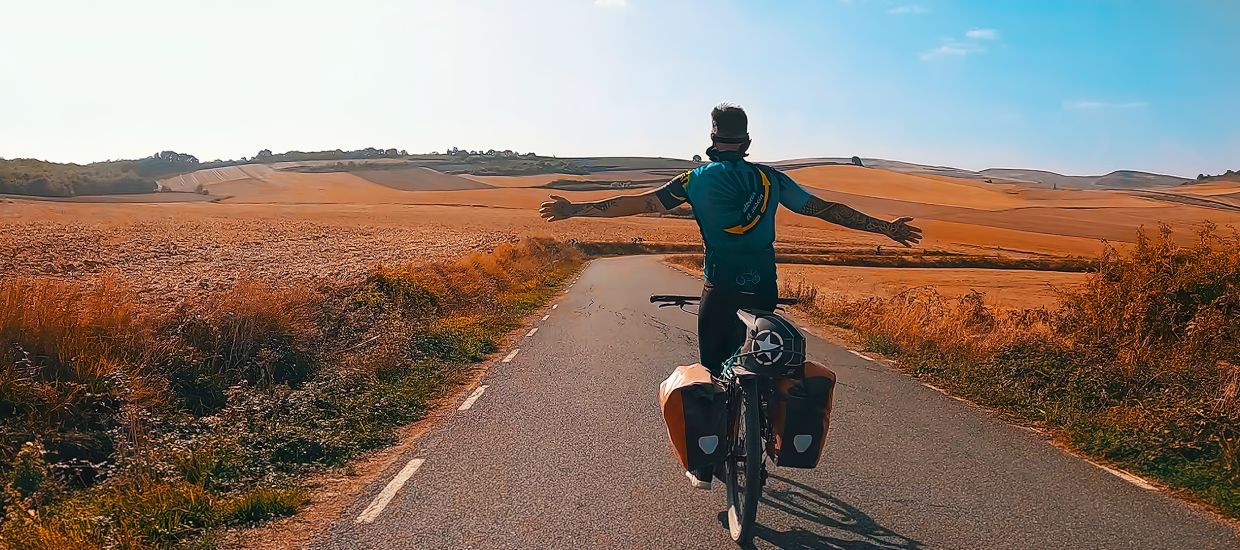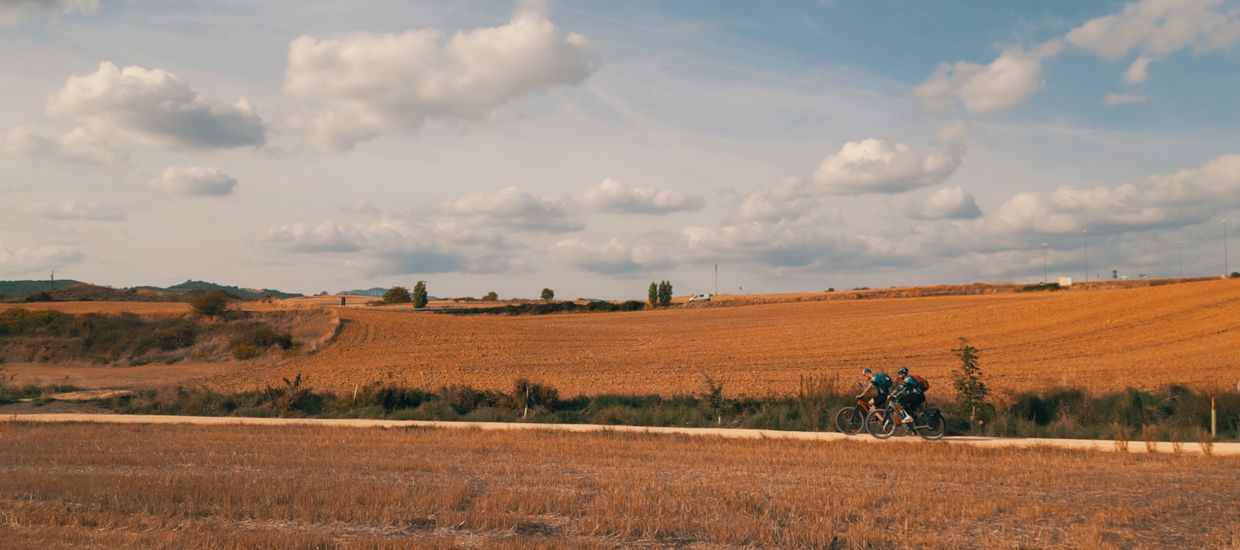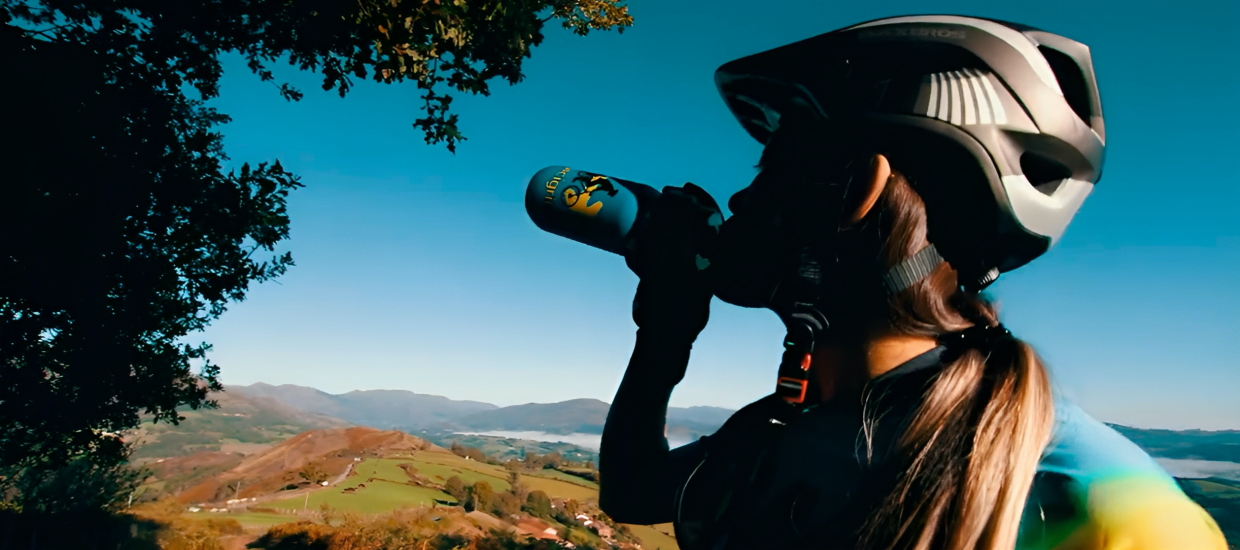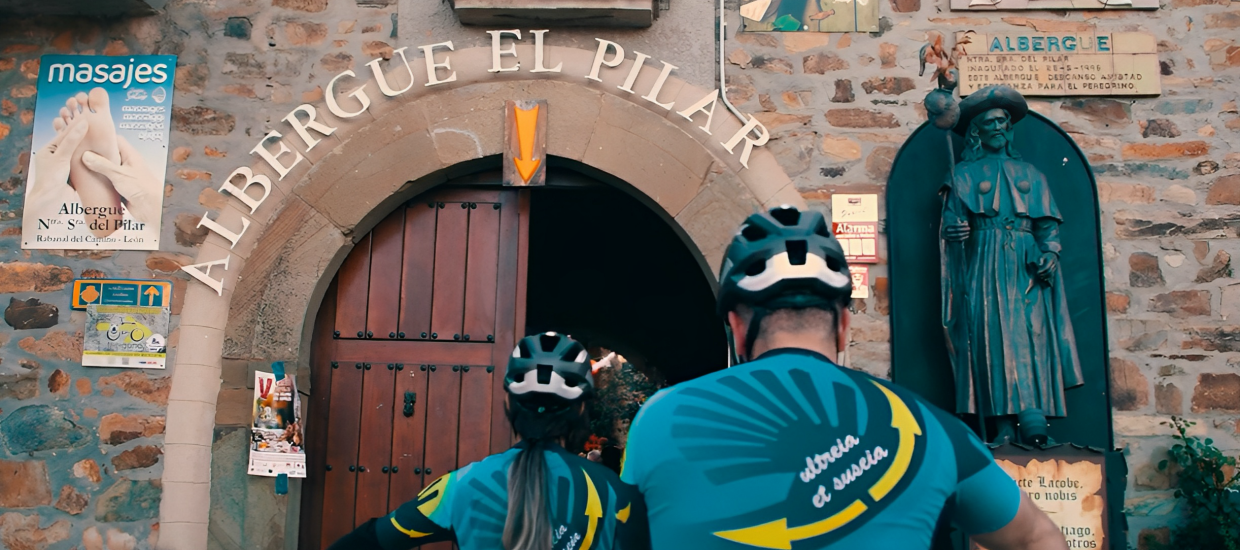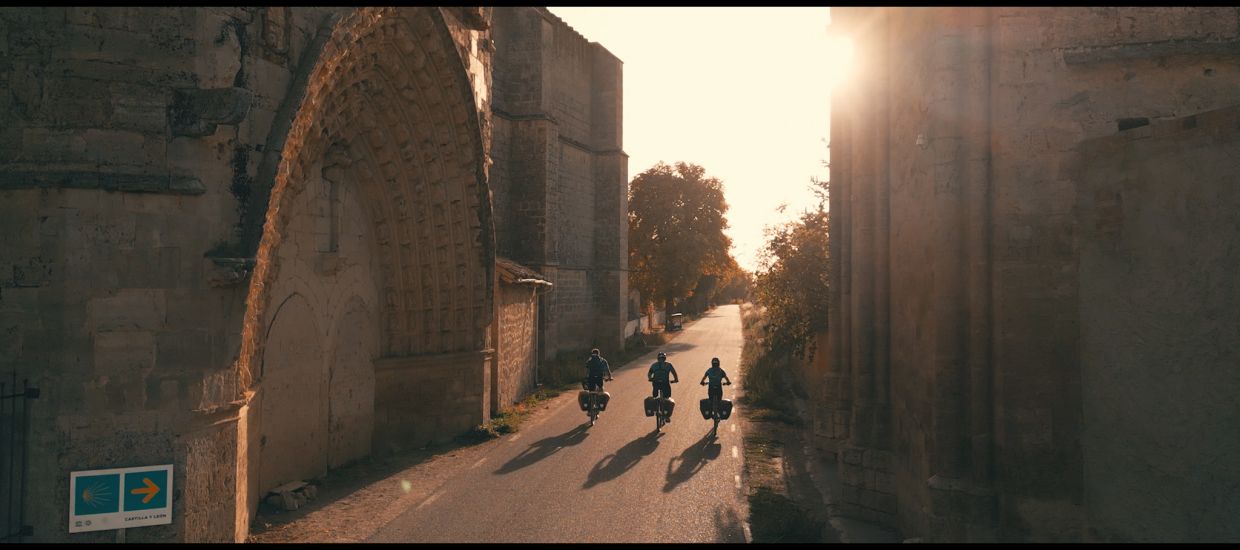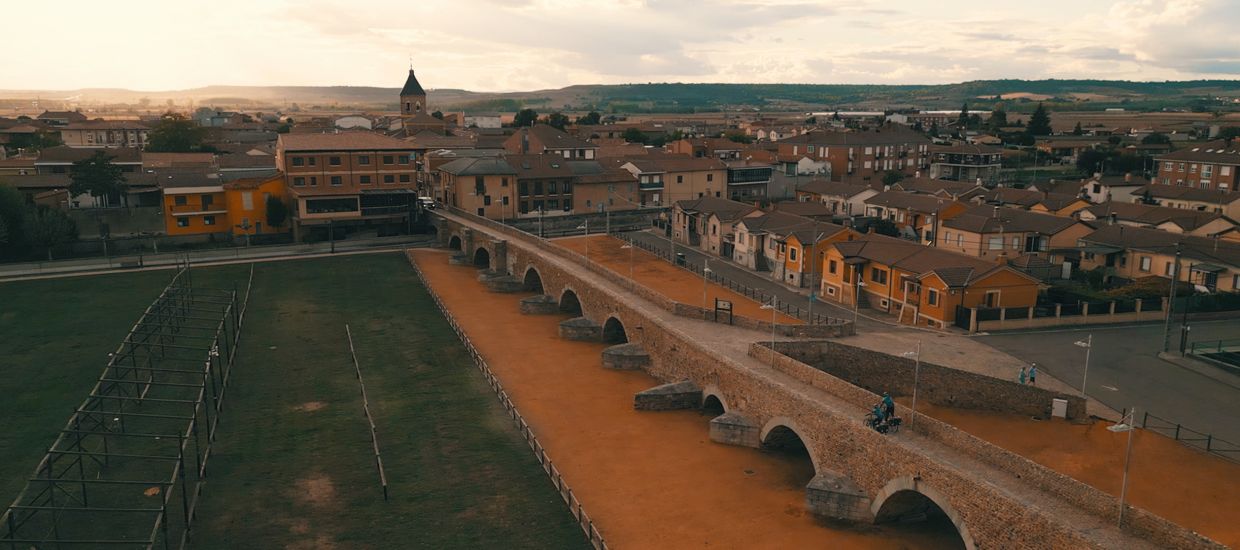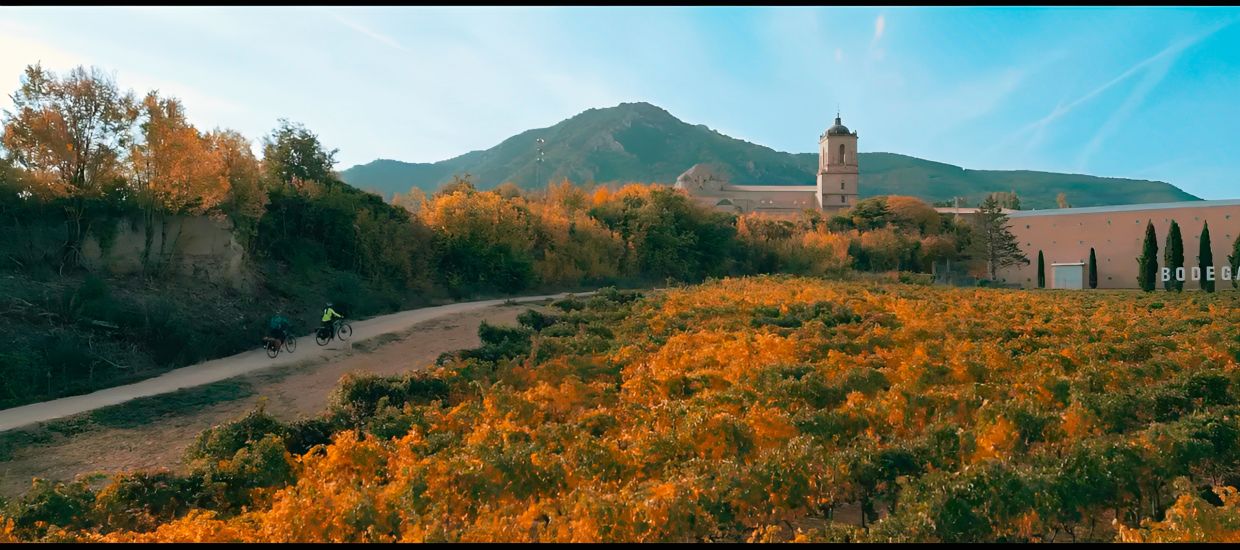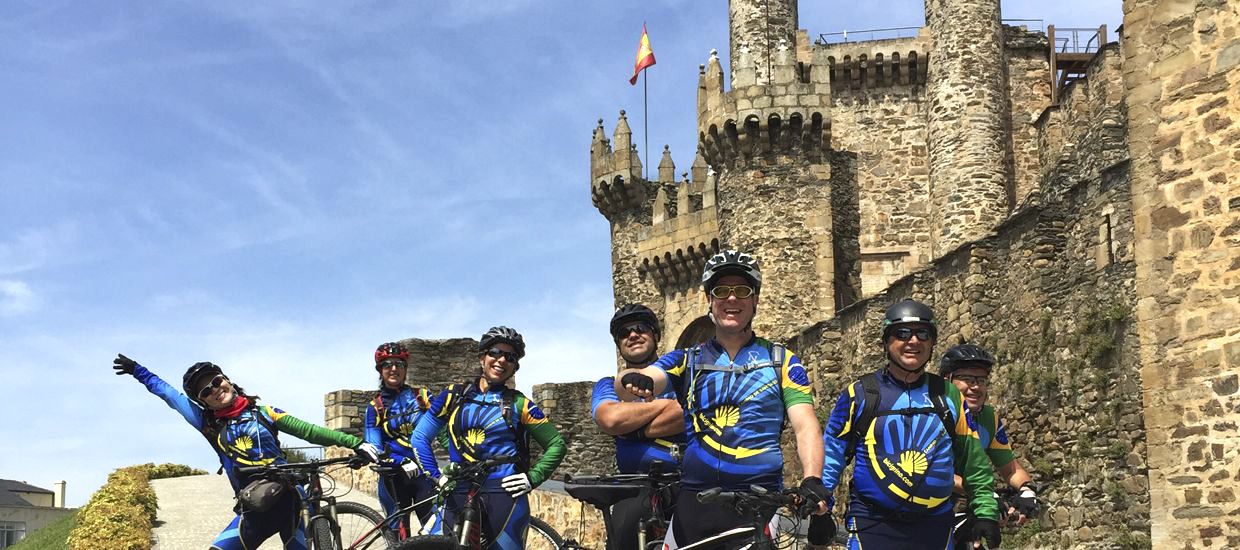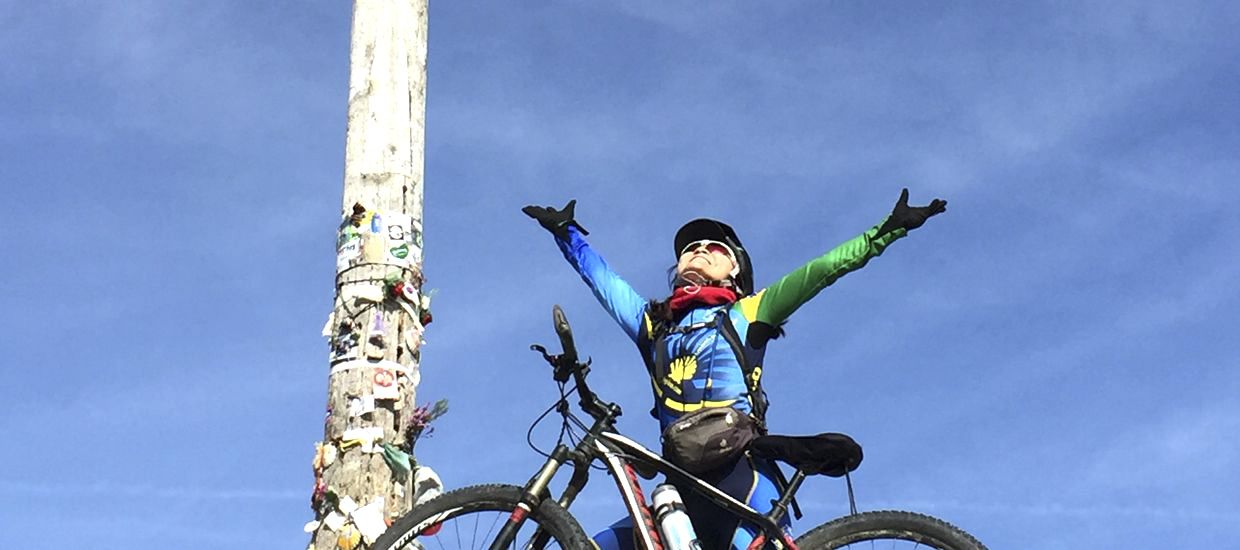Camino Catalán by bicycle
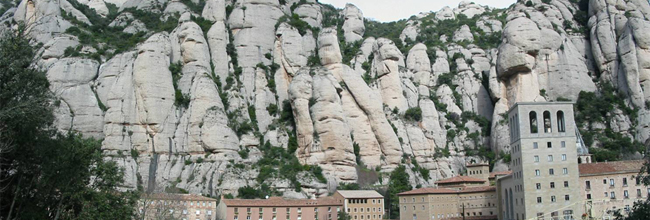
Camino Catalán began when it was promoted by several associations of friends of Camino de Santiago in the monastery of Montserrat and traditionally there are many people who have started it from there. That has changed since around the year 2009 when the Department of Tourism of Generalitat de Catalunya, with the full support of the association of friends of Camino de Santiago of Girona gave impetus to a route starting from more distant points and spanning the whole territory of Catalonia.
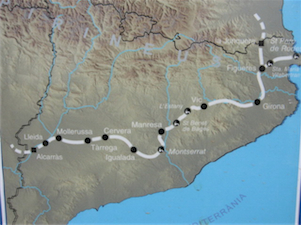
The Government has promoted and marked the route with endophytic and official signs from the monastery of Sant Pere de Rodes which is located in the Natural Park of Cap de Creus, where surrounded by stunning views of the Mediterranean Sea, the path descends steeply to the Empordà flat. To access this starting point it is appropriate to direct our steps to either Roses or Flaça where we can organize the start of this magical route, if we start the path from the beach of Flaça it will be even more emotional because if we reach the end of our path at Finisterre we will link the Mediterranean with the Atlantic Ocean.
By contrast, the association of friends of Camino de Santiago of Girona thinks it is more convenient and affirm that historical thesis tell the road begin, or as they say, continues a path that comes from France in Coll de Panissars, located on the frontier between France and Spain and in the area of La Junquera. In that place (Coll de Panissars) there are Roman ruins which are also the starting point in Spain of the famous route of the Via Augusta, in fact in the initial stages the route of Camino de Santiago and Vía Augusta is the same.
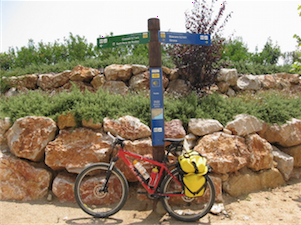
Add at this point that I personally prefer the route that begins in Sant Pere de Rodes and having been lucky enough to perform this route in 2009 I take the nice memory to have been able to start my journey in the Mediterranean Sea and from there after nearly 1,800 kilometers reach the beaches of Finisterre in the Atlantic Ocean. The feeling of being able to link the two most distant points in the Iberian Peninsula and the fact of doing it by bike linking both seas is something I will never forget. In fact this route could be called “the road from sea to sea” or the “way from cape to cape” (Creus Cape to Finisterre Cape).
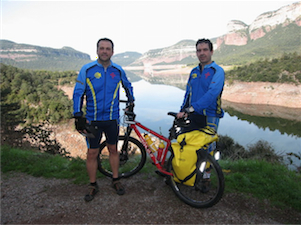
The two initial alternatives, the one leaving from Sant Pere de Rodes and the one that starts in Coll of Panissars, are unified just before reaching the town of Figueres and from there the road runs through the city of Girona towards Montserrat. At the area of Angles and in the vicinity of Olot, more specifically in a place called el Pasteral the route of the Generalitat points to Olot following the route of the greenway carrilet and the one supported by the association and therefore the classic yellow arrows brings us to the left toward the barrage of Susqueda swamp. Actually that option leads to a beautiful path that communicates Susqueda and Sau swamps, and which flows through a beautiful landscape is the one that we should take, avoiding giving a long way round and arriving directly and so much comfortably to the area of Vic.

Once in Vic we head to Manresa and thence to the magic mountain of Montserrat where we will be in the traditional Camino de Santiago which, as I said, began for a long time in the monastery of Montserrat. From this point, the route picks up other jacobean branches until it joins Camino del Ebro in the province of Zaragoza, at the level of Pina de Ebro and then taking advantage of the great river Ebro we will go up looking the connection to the French Way in Logroño.
The route is perfectly passable by bike, but in summer and in the raw winter weeks it becomes very hard due to extreme weather in some areas, high heat and cold. It is fairly well signposted although the reception is poor and there will be no other choice than stay at inns in some areas.
For this route as for others it is advisable to carry a good guide such as the one we recommend edited by our friends at Jacobeo.net , Practical guide of Camino del Ebro and Camino Catalán, which is updated regularly in their website.
